Politics
For UDAY To Work, State Governments Must Fulfill Their Part Of The Deal
Aashish Chandorkar
Feb 10, 2016, 10:48 PM | Updated Feb 12, 2016, 05:18 PM IST
Save & read from anywhere!
Bookmark stories for easy access on any device or the Swarajya app.
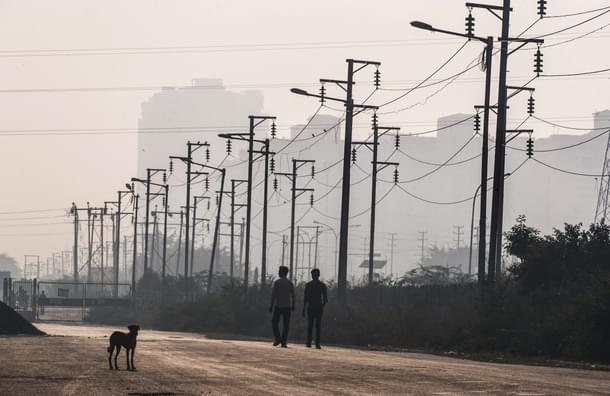
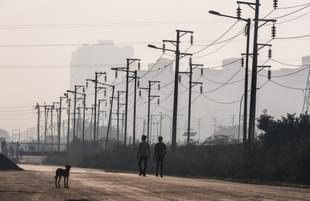
After the Ujwal Discom Assurance Yojana (UDAY) had been announced in November 2015, all the NDA-ruled states and several opposition ruled states have formally committed to joining the programme. UDAY aims to restructure the way state-owned electricity distribution companies (discoms) operate, currently reeling under a mountain of debt and mounting operational losses every year.
The bulk of the restructuring focus has been around the financial plan, as was the case in the previous two attempts made to prevent discoms from falling off the cliff. In 2003 as well as in 2012, NDA-1 and UPA-2, the respective central governments looked at infusing capital in these firms owned by state governments. The 2012 plan called the Financial Restructuring Plan did come with conditions of operational improvements as well as greater use of alternative energy sources. But neither plan held the discoms or the parent state governments responsible for actually acting on these operational areas.
As a result, the capital was sucked in without a sliver of improvement showing up in most of the states. There were some turnaround stories like Gujarat and Madhya Pradesh, but they remained exceptions, and dependent on the individual chief ministers to keep a tight leash on the discom functioning.
When UDAY was launched, there was a lot of skepticism in the mainstream media and in the financial press around the scheme being yet another attempt to recapitalize loss-making businesses with no accountability. The Minister of State with independent charge for Power, Coal and New & Renewable Energy Mr. Piyush Goyal, on the other hand, had lauded UDAY as a truly collaborative effort between the Centre and the states.
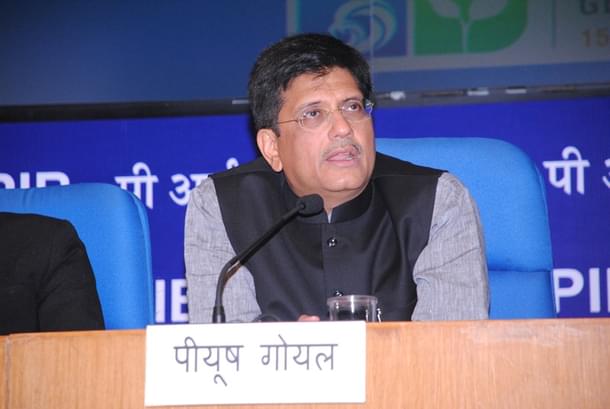
Over the last few weeks, the state governments have started entering into tripartite agreements with the central government to implement UDAY, the third party being the state discoms. These Memorandum of Understanding (MOU) documents do point at Centre demanding very specific, detail-oriented and measurable changes from the discoms. So far, the states of Chhatisgarh, Jharkhand, Rajasthan, and Uttar Pradesh have completed the process of UDAY MOU signing. Every state has been tasked with a standard set of items, but differing levels of improvements expected across a wide range of key-performance-indicators (KPIs). Every signed MOU clearly outlines the commitments made by each of the three parties with respect to UDAY.
Central Government Commitments
The central government at its end has committed to increasing the supply of coal to the power generation companies in each state. Given the expected record coal production of 540 million tonnes by Coal India Ltd and 56 million tonnes by Singareni Collieries Company Ltd in the current financial year and an improvement trajectory planned for next, the central government is well equipped to ramp up the coal supplies to states opting into UDAY. These supplies will also be rationalized, allowing coal swaps from inefficient plants to the efficient ones and between plants situated away from the coal mines to those at the pitheads.
The central government has also planned rationalizing of coal prices based on the Gross Calorific Value (GCV) of the coal, which will help in importing only the absolute essential quantities of coal – a route mostly used by large private power generation firms. Coal India will also undertake measures to improve the quality of coal supplied to power plants. To start off, only 100% crushed coal will be supplied ensuring ease of handling and reducing operational delays at the power plant sites. This quality control is being ensured by third parties enrolled by Central Institute of Mining and Fuel Research. By 2018, Coal India will also commit to supply only G10 grade coal, which has a GCV of 4300 per kilo calorie.
The states will be allocated the coal linkages at specified prices with the above-mentioned improvements. This will allow states to opt for tariff-based bidding for new power plants, rather than the earlier used fixed return on equity based structures, as and when the new capacity addition needs to happen.
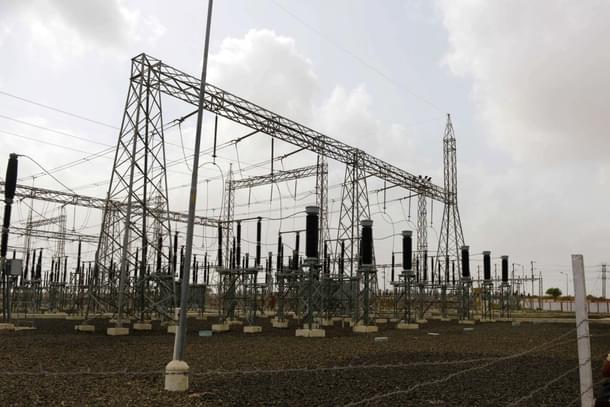
The central government will promote demand side energy management by increasing use of the LED bulbs for local as well as street use, working with major municipal corporations. There is also a plan to improve the quality of agricultural pumps and other farm equipment by subsidizing their sales for the farmers.
State Government Commitments
The state governments will take over their discom debts in a pre-defined fashion – 50% of the debt outstanding as of September 2015 by the last quarter of the financial year 2015-16, and 25% by June 2016. Thus by middle of June 2016, 75% of the discom debt will be on state government books. The money raised to take over this debt will be transferred to discoms as a mix of grants, equity, and loan. This will recapitalize the discoms as well as create a future liability only towards the parent state government.
The states will take over debt in the order of their due dates, floating its own bonds to fund this transaction. This order of debt takeover will ensure that the oldest debts get paid off to the lenders – usually public sector banks (PSBs) or other central government enterprises likes Rural Electrification Corporation (REC) and Power Finance Corporation (PFC). The state governments will also ensure that they clear their own payments to the discoms at the earliest – which is the step one of increasing collection efficiency.
The state governments which operate intra-state transmission companies will sign up for a transmission loss reduction target over the next 4 years. The state governments will also be obliged to do a review of discom operations every month to monitor the progress on operational improvements the discoms sign up for.
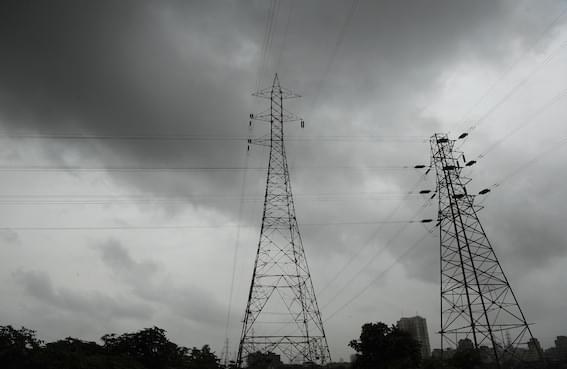
After this loan swap happens, banks and financial institutions will hence forth not lend more than 25% of the previous year’s revenues as working capital loans to discoms. This will keep the fresh borrowing controlled and discoms will have to move towards funding their costs via their own operations over time. Starting financial year 2017-18, the states will have to assume part of the previous year losses of discoms in a gradual manner. If discoms continue to make operational losses, the states will have to carry them on their books while discoms won’t be allowed to independently fund them – this budgetary constraint will guide states in one of the two ways – either they will have to run the discoms properly and profitably, or they will have to privatize parts of the distribution business – an option available via The Electricity Act, 2003.
Discom Commitments
The discom themselves will have to abide by the financial conditions of the restructuring plan, covering for 25% of their outstanding debt via bond issues and paying their state government interest on the loan part of the restructure.
They will sign up for reduction of Aggregate Technical and Commercial (AT&C) losses creating a trajectory loss profile. The target for the most inefficient discoms – many operate at 30% – 45% AT&C losses – will be close to 15% by 2020 while the most efficient states will be asked to reduce the AT&C losses to 10%-12% range. This loss reduction has to be demonstrated by increasing hours of power supply, which will be recorded and monitored.
The discoms will have to work towards minimizing the gap between per unit Average Revenue Realized (ARR) and per unit Average Cost of Supply (ACS). Some discoms will have to completely bridge the gap by 2020, essentially making operating profits at the end of the committed timeframe. Discoms can either increase ARR via tariff hikes – a predetermined hike trajectory has been provided in the MOUs – or via reducing the ACS – partly via improved power generation efficiency and partly by consolidating generating sources weeding out the inefficient plants at the state level. This latter measure will require tough political decisions as several states tend to have small legacy plants, which produce power at a high per unit cost.
Every discom will sign up for a Renewable Purchase Obligations (RPO) to tap into alternative sources of power. The compliance to RPOs has been deferred for 3 years after breakeven, which will mean a compliance target for 2021-2022 for most discoms. In parallel, the central government will continue to incentivize alternative sources on the generation side, progressively making it more attractive for the discoms to switch from thermal power. Realistically speaking however, there won’t be a significant movement on this at a discom level before 2022. Until then, private firms, individuals, or local businesses will remain the chief drivers of alternative power sources from a consumption standpoint.
Discoms will get targets for collection efficiency improvement too. Most of them will be expected to reach a figure between 85% and 95% by 2020. The MOUs suggest using name and shame campaigns and improved metering for this purpose. Central government programs Deen Dayal Upadhyaya Gram Jyoti Yojana for improving rural transmission and feeder infrastructure and Integrate Power Developed Scheme (IPDS) for improving urban metering will have to be compulsorily implemented by the discoms. This will be a joint effort with the state government and the local state level Transco. Discoms will be expected to achieve 100% feeder as well as distribution transform metering over the next couple of years. Most non agricultural heavy consumers (typically more than 500 units per month) can expect installation of smart energy meters in their premises by 2018.
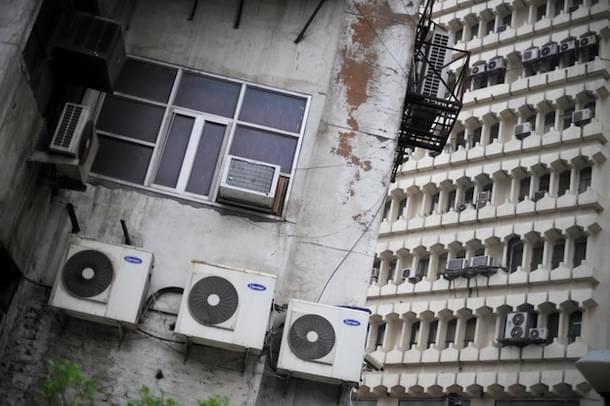
All discoms will implement an ERP system – the indicative timeline of which will be specific in the MOU. This will help preparation of proper accounts for discoms and reduce pilferage at the local level. Discoms will have to provide for better bill collection systems, web and mobile based payment options, and improved customer service standards.
The best part of the MOUs is fixing of individual authority. The MD of the discoms will have to personally monitor the progress periodically. All operational targets will be devolved at the zone level and these targets will be specified in the MOU itself. So the operational improvements have to be broad based – state cannot cross-subsidize a politically or a geographically difficult area to manage via an easy to fix zone. All key personnel of the discoms will be named and held individually accountable for these improvements.
Discoms are starting to resort to tough measures. On February 4th, The Financial Express reported:
“FE has learnt that the Rajasthan, Tamil Nadu, Uttar Pradesh and Haryana SEBs have even resorted to the extreme step of cutting salaries of the engineers and technicians concerned to recover the losses from any excess supply of electricity through the feeders.”
Despite political pressures and constraints, Rajasthan discoms have taken a lead in implementing a Loss Based Load Shedding programme – villages and blocks where the cases of non-payment of electricity charges are high, will face the most severe power cuts going forward. If the discom engineers draw more power from their feeders to offset these cuts, they will be penalized heavily. Such cases have already been penalized in Ajmer and Jodhpur divisions in this year.
The UDAY MOUs draw up financial statements for each discom for the next 4-5 years, clearly specifying the expected trajectory of movement. This goes far beyond the 2012 Financial Restructuring Plan, which fell woefully short on implementation details.
The key to the success of UDAY conditions will be the interest state governments take in ensuring their discoms measure up to the task. With a chain of command defined up to the central level with clearly outlined expected interventions, it is time for the state governments to rise above politics and implement the UDAY MOU templates in letter and spirit.
Aashish Chandorkar is Counsellor at the Permanent Mission of India to the World Trade Organization in Geneva. He took up this role in September 2021. He writes on public policy in his personal capacity.





